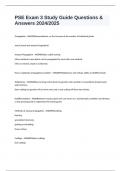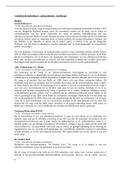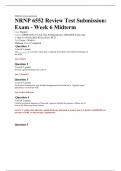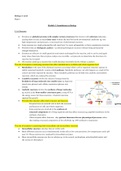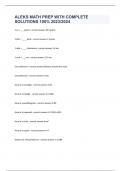Exam (elaborations)
PSE Exam 3 Study Guide Questions & Answers 2024/2025
- Course
- Institution
PSE Exam 3 Study Guide Questions & Answers 2024/2025 Propagation - ANSWERSreproduction, or the increase of the number of individual plants sexual (seed) and asexual (vegetative) Asexual Propagation - ANSWERSalso called cloning Many methods; some plants can be propagated by more than one...
[Show more]
